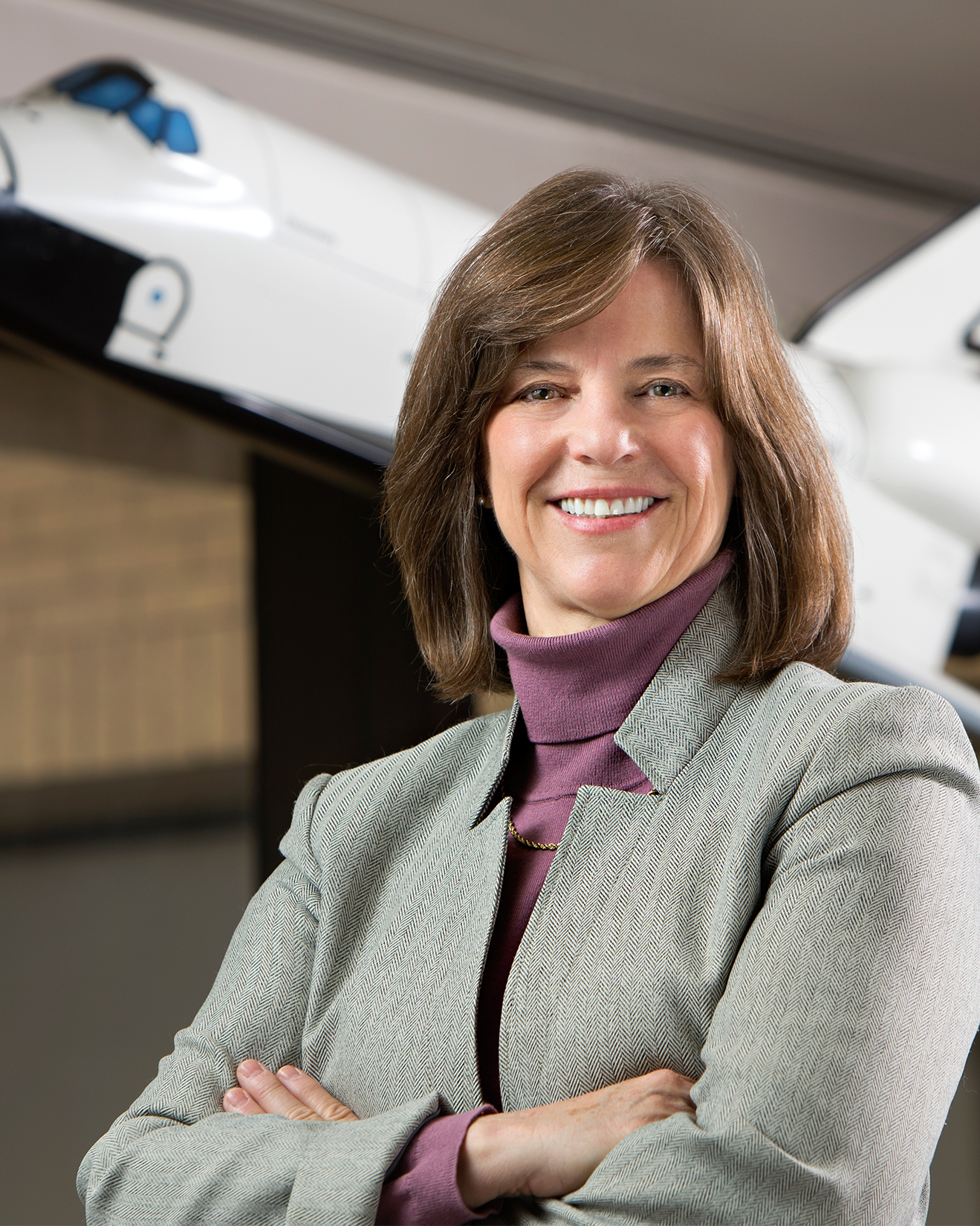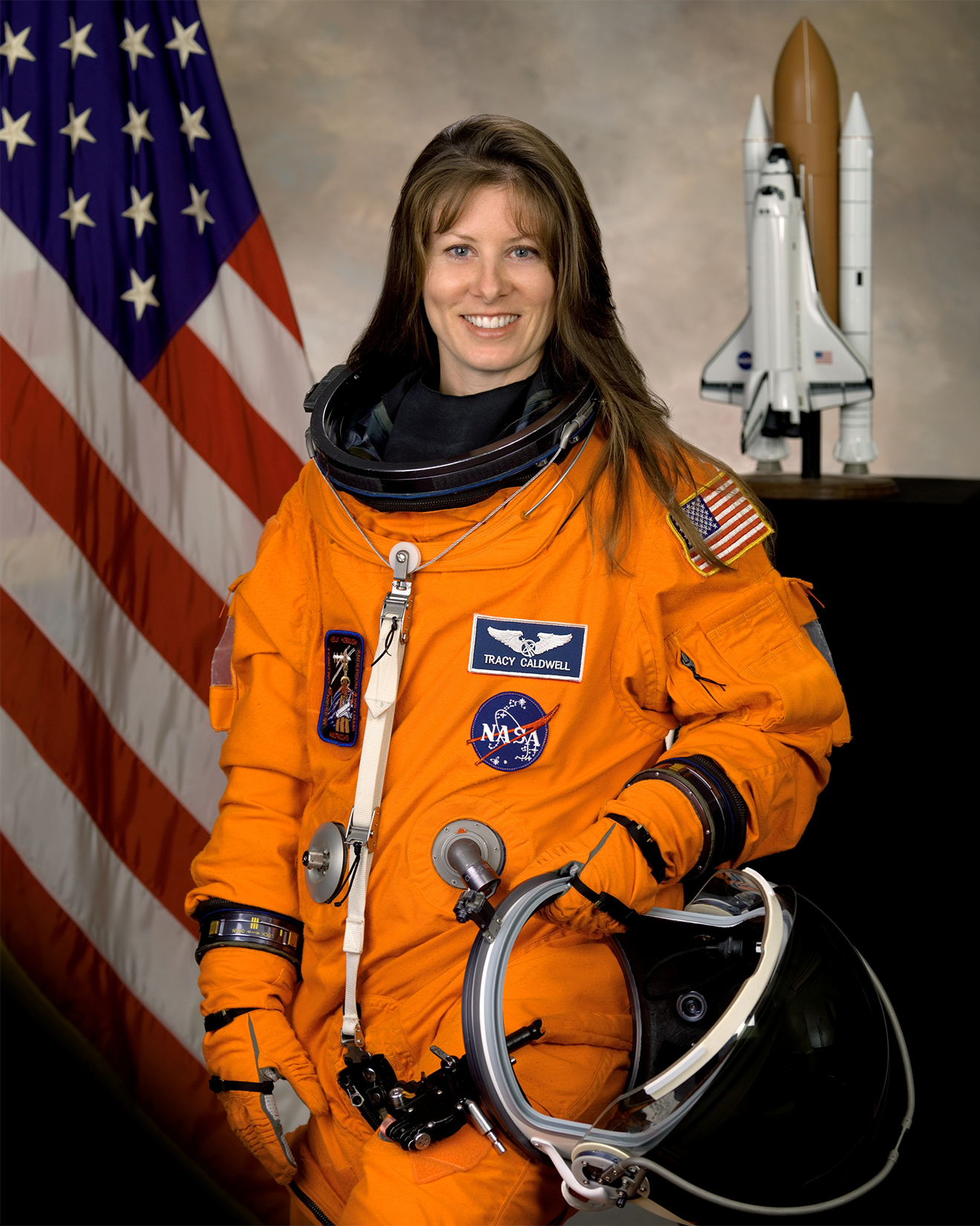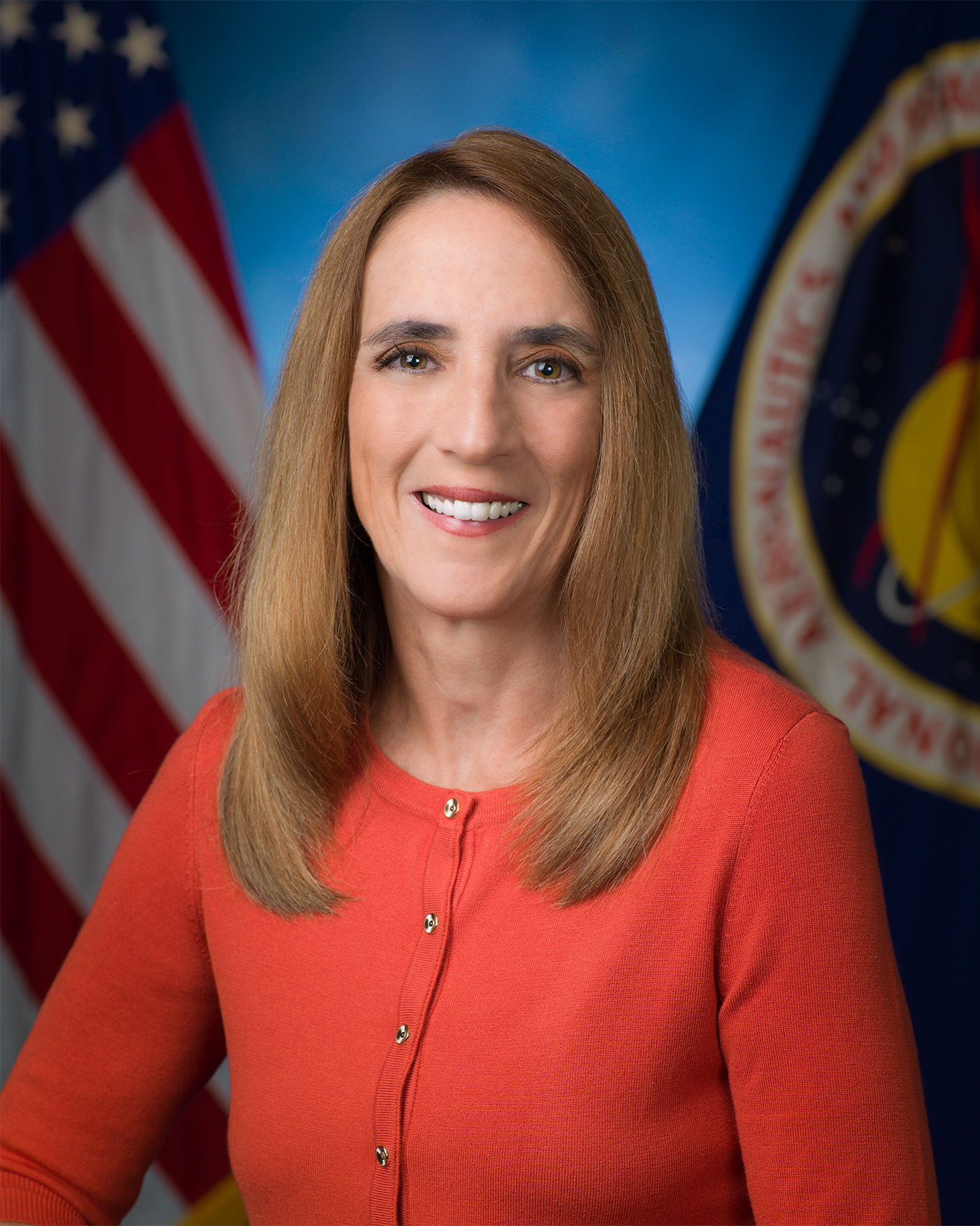
Check Out The Full Event Replay Below
Keeping students engaged and inspired in this new age of learning has never been more crucial. Is it possible? Sure, especially when you rely on the power of space exploration.
We’re seeing space exploration in a new light as we come together to navigate obstacles here on planet Earth. In times such as these, the education of our future leaders and explorers has never been more crucial. In honor of Teacher Appreciation Week, The Aldrin Family Foundation and NASA’s Office of STEM Engagement proudly present, “The First Residents of the Moon and Mars are Today’s Students.”
This unique fireside chat featured three accomplished astronauts who will share their inspirational stories of how education and historic space milestones played a role in their career decisions. What led them to apply for the Astronauts Corps? Why did they later turn to research and education? How are they striving to make a difference today as space industry leaders? Viewers will learn about the wealth of teaching tools and digital resources that are at their disposal to support the virtual and physical education of the first residents of the Moon and Mars: the Artemis Generation.
Whether you are a teacher, parent, or high school/college student, this one-hour conversation is designed with you in mind. You’ll walk away confident that today’s youth are poised to be a part of something truly spectacular as we return to the Moon … and this time to stay.
Featured
Speakers & Moderators

Mike Kincaid | Associate Administrator, NASA Office of STEM Engagement
As associate administrator, Kincaid oversees strategic direction and leadership of NASA’s science, technology, engineering and mathematics (STEM) engagement function, which attracts and supports the involvement of students in the realization of NASA’s unique missions. Kincaid’s office engages America’s educators, students and institutions in these unique missions, contributing to NASA’s mission success, as well as the nation’s overall STEM education ecosystem.
Kincaid chairs NASA’s STEM Engagement Council, which integrates, oversees and assesses NASA’s STEM engagement functions and activities agencywide. Kincaid is also co-chair of Federal Coordination in STEM Education (FC-STEM), a multiagency committee focused on coordinating and enhancing STEM education efforts across the federal government.
Read more
As associate administrator, Kincaid oversees strategic direction and leadership of NASA’s science, technology, engineering and mathematics (STEM) engagement function, which attracts and supports the involvement of students in the realization of NASA’s unique missions. Kincaid’s office engages America’s educators, students and institutions in these unique missions, contributing to NASA’s mission success, as well as the nation’s overall STEM education ecosystem.
Kincaid chairs NASA’s STEM Engagement Council, which integrates, oversees and assesses NASA’s STEM engagement functions and activities agencywide. Kincaid is also co-chair of Federal Coordination in STEM Education (FC-STEM), a multiagency committee focused on coordinating and enhancing STEM education efforts across the federal government.
In addition, Kincaid is NASA’s representative on the International Space Education Board (ISEB) and serves as the 2019 ISEB chair. He leads global collaboration in space education between 10 countries. ISEB shares best practices and unites efforts to foster interest in space, science and technology among students worldwide.
Kincaid has served NASA for more than 30 years. He first joined NASA’s Johnson Space Center (JSC) in Houston, Texas, as an intern in 1987, and has led JSC organizations in various capacities including Director of Education, Deputy Director of Human Resources, and Deputy Chief Financial Officer. Prior to taking his current position, Kincaid was the Director of External Relations at JSC, where his office interacted with several stakeholders from across the country.
Kincaid has a bachelor’s degree from Texas A&M, an MBA from University of Houston, Clear Lake, and is happily married with three wonderful children. He is passionate about the impact of STEM engagement and his role in leading the agency’s efforts to engage the nation in NASA’s missions.

Dr. Andy Aldrin | President, Aldrin Family Foundation
Dr. Andrew Aldrin is President of the Aldrin Family Foundation, a charitable 501 (c)(3) organization dedicated to harnessing the inspiration of space to ignite a passion for education in students of all ages and backgrounds. He has served in leadership roles in this organization since 2014, and overseen the extension of educational programs to over 300 elementary schools and universities.
Dr. Aldrin is also the Director of the ISU Center for Space Entrepreneurship at Florida Tech and an Associate Professor of Engineering Management at Florida Tech. Before his current work in academia, Dr. Aldrin had a distinguished career in industry and government research including executive positions at Boeing, United Launch Alliance and Moon Express.
Read more
Dr. Aldrin was also a member of the research staff at the RAND Corporation and the Institute for Defense Analyses. He serves on the board of several charitable organizations including: The Secure World Foundation, Sea Space Symposium, and the Tau Zero Foundation. He holds a Ph.D. from UCLA in Political Science, an MBA from TRIUM (NYU, LSE, HEC), and an MA from George Washington University in Science, Technology and Public Policy.

Dr. Bonnie Dunbar | NASA Astronaut & Director, Aerospace Human Systems Laboratory Texas A&M University College of Engineering
Dr. Bonnie Dunbar is a retired NASA astronaut, engineer and educator. She worked for The Rockwell International Space Division Company building Space Shuttle Columbia and worked for 27 years at NASA – first as a flight controller, then as a mission specialist astronaut, where she flew five space shuttle flights, logging more than 50 days in space. She then served for 7 years as a member of the NASA Senior Executive Service (SES). Her management experience includes: assistant NASA JSC director for university research; deputy director for Flight Crew Operations; Associate Director for ISS Mission Operations development, and as NASA headquarters deputy associate administrator for the Office of Life and Microgravity Sciences and Applications (OLMSA).
Read more
After retiring from NASA, Dunbar became president and CEO of The Museum of Flight in Seattle, where she established a new Space Gallery and expanded its K12 STEM educational offerings.
Currently, she works as a Research Professor at Texas A&M University’s Engineering Experiment Station (TEES) in the Department of Aerospace Engineering. A member of the National Academy of Engineering, Dunbar came to Texas A&M from the University of Houston where she was an M.D. Anderson Professor of Mechanical Engineering. There she provided leadership in the development of a new integrated university science, technology, engineering and mathematics (STEM) center and was Director of the Science and Engineering Fair of Houston. She also taught the Mechanical Engineering “Introduction to Engineering” course, and directed the SICSA Space Architecture and Aerospace graduate programs. She has devoted her life to furthering engineering, engineering education, and the pursuit of human space exploration.
She has also consulted in aerospace and STEM education as the president of Dunbar International LLC, and is an internationally known public speaker.
Dunbar holds bachelor and master degrees in ceramic engineering from the University of Washington and a Ph.D. in mechanical/biomedical engineering from the University of Houston. She is a Fellow of the American Ceramic Society, the American Institute of Aeronautics and Astronautics, and the Royal Aeronautical Society. She has been awarded the NASA Space Flight Medal five times, the NASA Exceptional Leadership Medal and the NASA Distinguished Service Medal. Dunbar was elected into the Royal Society of Edinburgh, and to the US National Academy of Engineering. In 2013 she was
selected into the Astronaut Hall of Fame, in 2016, she was inducted into the Omega Alpha Association (OAA) Systems Engineering Honor Society. From 2017 to 2018, Dr. Dunbar served as the President of the Association of Space Explorers (ASE).

Dr. Tracy Caldwell Dyson | Astronaut, NASA
Tracy Caldwell Dyson was selected as an astronaut by NASA in 1998. The California native has a Ph.D. in Chemistry, and is a veteran of two space flights. Dr. Caldwell Dyson has designed, constructed and implemented electronics and hardware associated with for the study of atmospheric gas phase chemistry, and has developed and presented numerous papers on methods of chemical ionization for the spectral interpretation of trace compounds. In 2007, Caldwell Dyson flew aboard the Space Shuttle Endeavor on STS-118, where she served as a Mission Specialist. In 2010, she served as Flight Engineer for Expedition 23/24. She has logged more than 188 days in space, including over 22 hours in three spacewalks.

Dr. Nancy Currie-Gregg | NASA Astronaut & Professor of Engineering Practice Texas A&M University
Dr. Nancy Currie-Gregg has extensive experience supporting NASA’s human spaceflight programs and projects. Selected as an astronaut in 1990, she accrued 1,000 hours in space as a mission specialist on four space shuttle missions. A retired U.S. Army Colonel and Master Army Aviator, she logged over 4,000 flying hours in a variety of rotary-wing and fixed-wing aircraft. Following the Columbia tragedy, she led the Space Shuttle Program Safety and Mission Assurance Office directing safety, reliability, and quality assurance efforts enabling the safe return to flight of the Space Shuttle in 2005. She then served in senior engineering positions at NASA, including Chief Engineer and Principal Engineer for the NASA Engineering and Safety Center. In the fall of 2017, she joined Texas A&M University where she is a Professor of Practice in Industrial and Systems Engineering and Aerospace Engineering and leads Agile Technology Development for Army Futures Command projects at the Bush Combat Development Complex.



